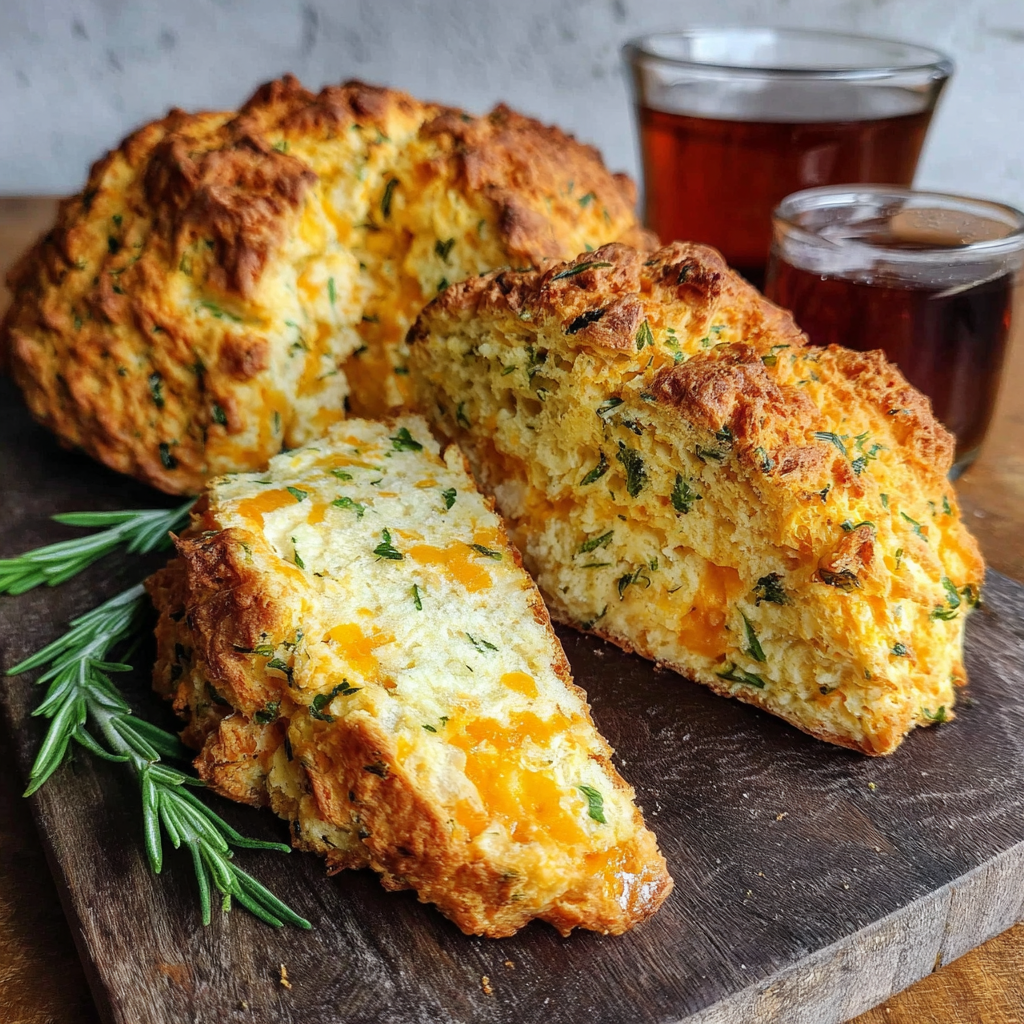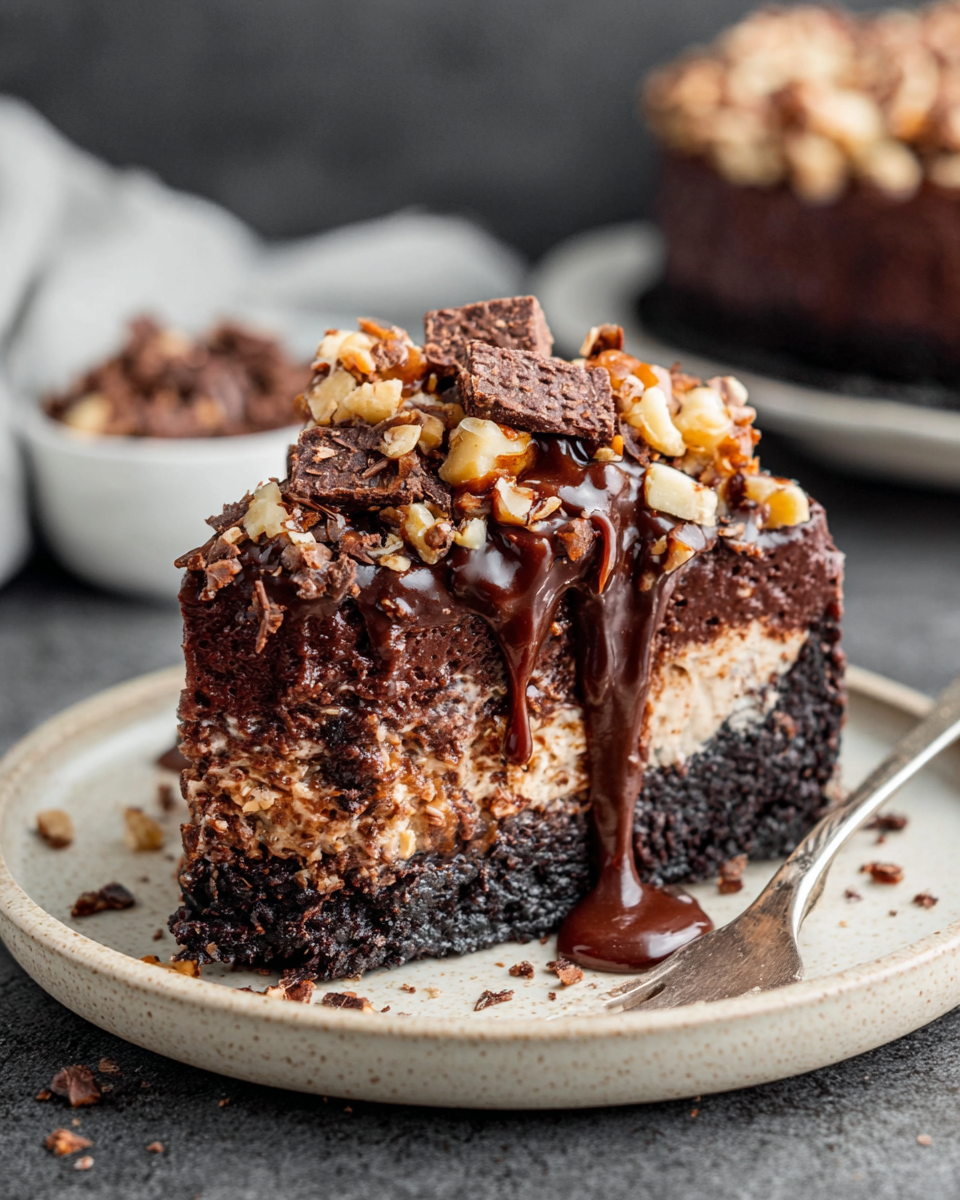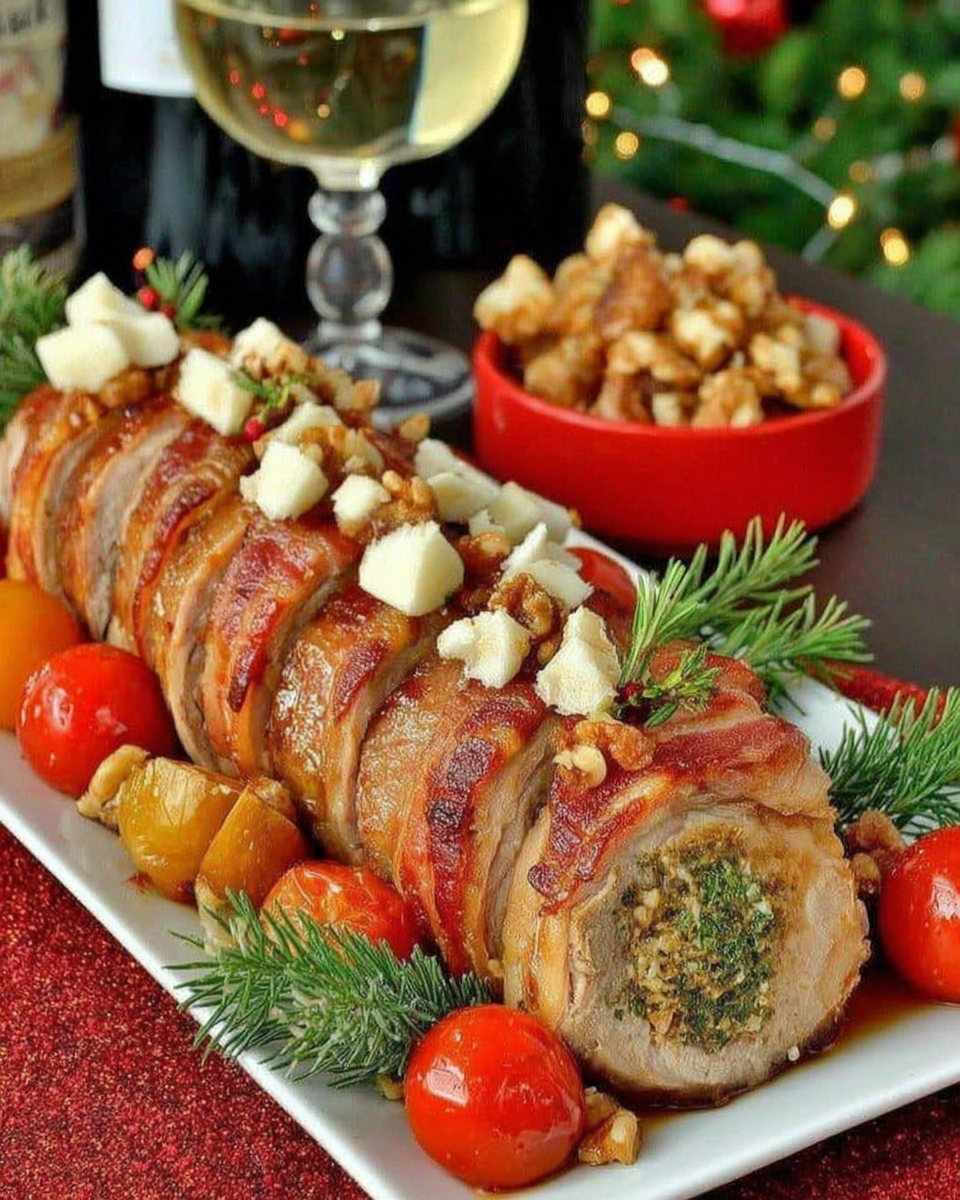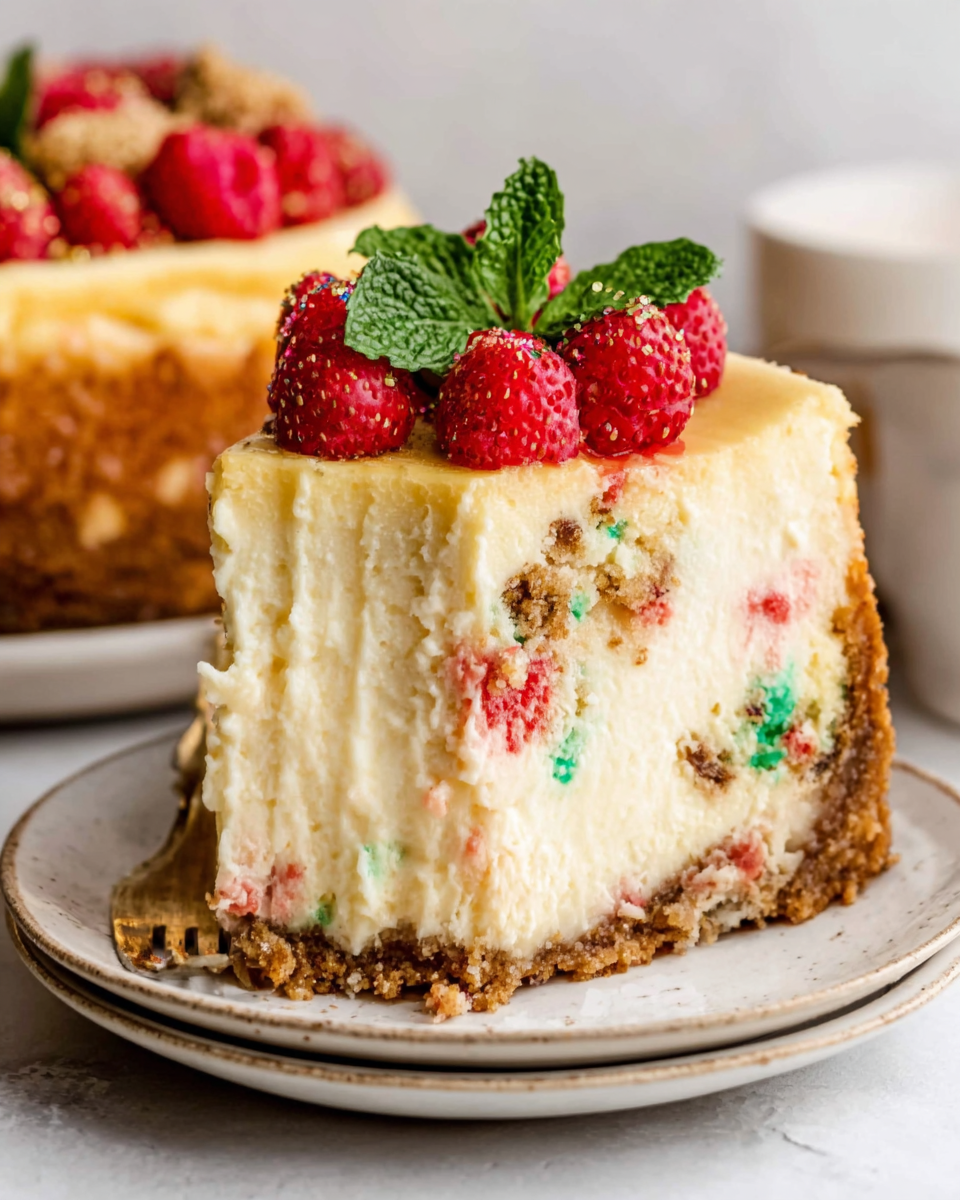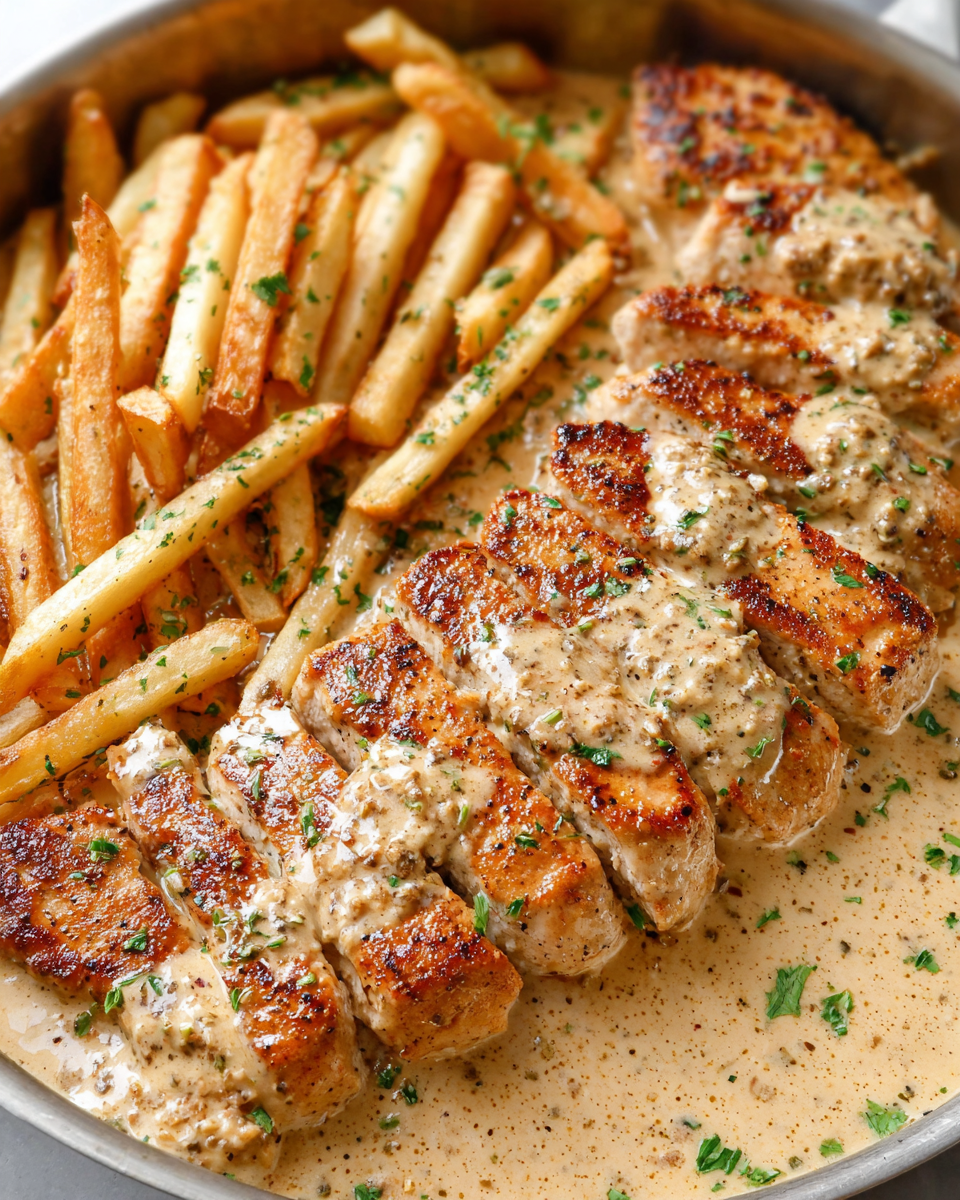Introduction
Soda bread is a delightful quick bread that’s both approachable and rewarding for home cooks. The aromatic blend of cheddar and herbs in this recipe elevates the traditional loaf into something truly special. With no yeast involved, it’s a unique recipe that relies on baking soda as a leavening agent, making it a fantastic option for those looking to whip up fresh bread without hours of waiting.
The beauty of cheddar and herb soda bread lies in its versatility; it pairs wonderfully with soups, salads, or enjoyed on its own. The combination of sharp cheddar and fragrant herbs creates a comforting flavor profile that’s perfect for any occasion, from family dinners to casual brunches. With just a few core ingredients, you can create a rustic loaf that's both flavorful and satisfying.
Ingredients
- 4 cups all-purpose flour
All-purpose flour provides the structure for the bread. It allows the loaf to hold its shape while still remaining tender. The gluten content in the flour is essential for giving the bread a nice texture. - 1 teaspoon baking soda
Baking soda acts as the leavening agent in this bread. Its reaction with the acidic buttermilk helps the bread rise, creating a light and fluffy texture throughout the loaf. - 1 teaspoon salt
Salt enhances the flavors of the bread and balances the richness of the cheddar. It's essential for creating a well-seasoned loaf, ensuring every bite is flavorful. - 1 1/2 cups sharp cheddar cheese, grated
Sharp cheddar adds a deep, tangy flavor that pairs beautifully with the herbs. The melting cheese throughout the bread contributes to a moist and savory loaf, making it irresistible. - 1/4 cup fresh herbs (such as chives or parsley), chopped
Fresh herbs introduce brightness and freshness to the bread. They not only enhance the visual appeal with flecks of green but also infuse the bread with a herby aroma and flavor. - 1 3/4 cups buttermilk
Buttermilk adds richness and helps activate the baking soda, providing a tender crumb. Its tangy flavor also complements the cheese and herbs excellently.
Directions & Preparation
Step 1: Preheat your oven to 425°F (220°C) and prepare a baking sheet.
Preheating the oven ensures that the bread cooks evenly and rises appropriately from the start. A hot oven is key to achieving a good crust, sealing in moisture, and maximizing flavor.
Step 2: In a large bowl, whisk together the flour, baking soda, and salt.
Mixing the dry ingredients thoroughly allows the baking soda to distribute evenly throughout the flour, ensuring consistent leavening. This step is crucial for achieving a uniformly risen loaf free of pockets or flat areas.
Step 3: Fold in the grated cheddar cheese and chopped herbs.
Incorporating the cheese and herbs into the dry mixture will ensure that they are evenly distributed in the dough. This step not only enhances the flavor but also contributes to a beautiful texture as the cheese melts during baking.
Step 4: Make a well in the center and pour in the buttermilk.
Creating a well in the dry ingredients helps in incorporating the wet ingredients easily, minimizing the need for excessive mixing. The moisture from the buttermilk brings the dough together, giving the bread its characteristic moistness.
Step 5: Gently mix the ingredients until combined, being careful not to overwork the dough.
Overmixing can lead to a tough loaf due to gluten development. It’s important to mix just until the dough comes together; some lumps are acceptable and desirable for a rustic texture.
Step 6: Transfer the dough onto a lightly floured surface and shape it into a round loaf.
Shaping the dough helps create a cohesive loaf structure. Keeping the loaf round encourages even cooking and creates an appealing rustic appearance. Be gentle to retain air pockets formed during mixing.
Step 7: Place the shaped loaf on the prepared baking sheet and score the top with a knife.
Scoring the top of the loaf allows it to expand during baking, preventing any bulging or cracking. This decorative cut also provides a visual cue that reveals the fluffy interior once baked.
Step 8: Bake in the preheated oven for about 30-35 minutes, or until golden brown and hollow-sounding.
Baking until golden brown not only develops flavor but also assures the bread is cooked through. The hollow sound when tapped indicates a done loaf, ensuring it’s not gummy inside.
Step 9: Let the bread cool on a wire rack before slicing.
Cooling on a wire rack prevents sogginess by allowing moisture to escape. It also makes slicing easier, resulting in clean, beautiful slices for serving.

The Magic of Buttermilk in Soda Bread
Buttermilk is not just a liquid; it's a magical ingredient that transforms ordinary soda bread into something exceptional. Its slight acidity reacts with baking soda, creating carbon dioxide bubbles that lift the dough. This results in a tender crumb that is moist and flavorful, enhancing the overall experience of the bread. Additionally, the tangy flavor of buttermilk adds a unique depth that makes every bite delightful.
Choosing the Right Cheddar
When it comes to cheddar cheese for soda bread, the choice matters immensely. Sharp cheddar is recommended for its bold flavor, which stands out against the backdrop of the bread. Its melting properties ensure that you’ll get that delicious gooeyness with every slice. You can experiment with other aged varieties for more complexity, but always opt for high-quality cheese to ensure the best taste.
Variations to Try: Play with Herbs
While chives and parsley are fantastic, don't hesitate to get creative with the herbs you use in your soda bread. Try mixing in rosemary for an earthy note or thyme for a hint of sweetness. Dried herbs can also be used if fresh ones are unavailable, but keep in mind they are more potent, so adjust accordingly. Each variation offers a new dimension to the loaf, making it a versatile star in your kitchen.
FAQs
What should I do if the dough is too sticky?
If the dough feels too sticky, you can sprinkle a little extra flour as you knead it. Be cautious not to add too much, as too much flour can make the bread dense.
Can I substitute any herbs in this recipe?
Absolutely! Feel free to experiment with different herbs like oregano, dill, or even a mix of dried herbs to suit your taste preferences and pantry availability.
What if my cheese doesn’t melt properly in the bread?
If your cheese isn’t melting well, it may be a sign that it wasn’t grated finely enough or that the oven temperature was too low. Ensuring the cheese is finely grated helps it blend better into the dough.
How can I enhance the flavor if it tastes bland?
If the bread turns out bland, consider upping the salt slightly or adding more cheese and herbs for a bolder flavor profile. You can also incorporate spices like garlic powder for added depth.
Can I make the dough ahead of time?
It’s best to shape and bake the dough fresh, as soda bread relies on immediate action from the baking soda. If you prepare the dough too early, the leavening effect diminishes.
What adjustments can I make to the baking time?
Baking times can vary by oven and loaf size, so keep an eye on the bread in the final minutes of baking. If the bread is browning too quickly, you can tent it with foil to prevent burning overall.
Conclusion
Cheddar and herb soda bread is a fantastic way to enjoy homemade bread without the fuss of traditional recipes. Its simplicity and robust flavor make it a staple worth making regularly. Whether served warm with butter or as a side to your favorite soup, this bread is sure to impress.
Don't hesitate to experiment with different cheeses and herbs to tailor the bread to your liking. The key is to have fun while cooking and enjoy the delicious results of your hard work. Happy baking!
Recipe Card
Comforting Butternut Squash Pasta with Sausage and Spinach
Ingredients
- 12 oz pasta penne or fettuccine
- 1 lb Italian sausage casings removed
- 2 cups butternut squash peeled and cubed
- 3 cups fresh spinach
- 1 small onion diced
- 3 cloves garlic minced
- 1/2 cup heavy cream
- 1/2 teaspoon nutmeg
- Salt and pepper to taste
- Olive oil for sautéing
Instructions
- Cook the pasta according to package instructions.
- Sauté the onion and garlic in olive oil.
- Add the sausage to the skillet and cook until browned.
- Incorporate the butternut squash.
- Pour in the heavy cream and season.
- Add the spinach and cooked pasta.
- Serve hot and enjoy.
Notes
Additional serving suggestions: pair with a crisp salad, garlic bread, or roasted seasonal vegetables for balance.
For make-ahead, prep components separately and assemble just before heating to preserve texture.
Taste and adjust with acid (lemon/vinegar) and salt right at the end to wake up flavors.
